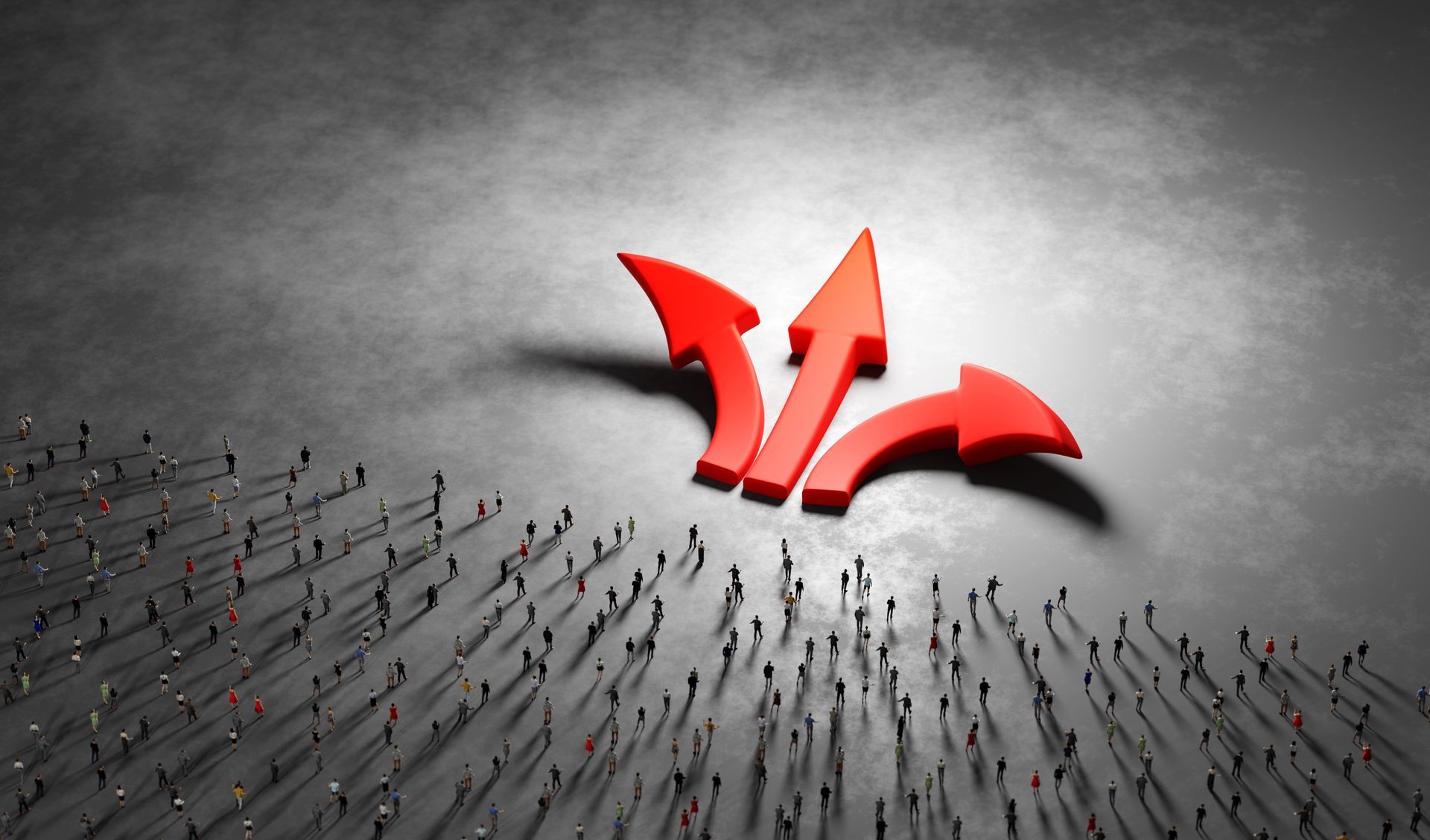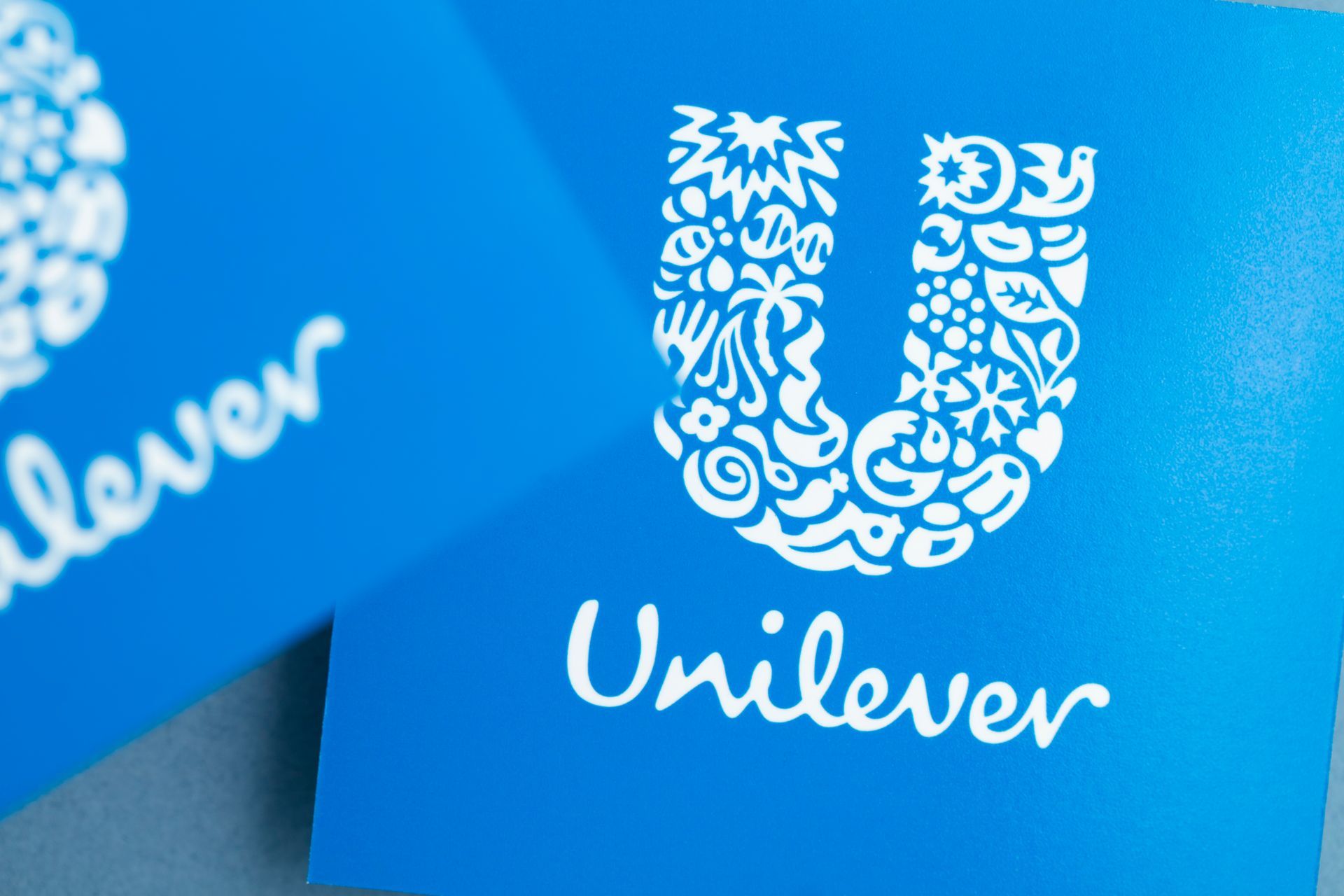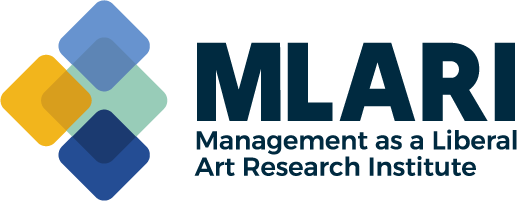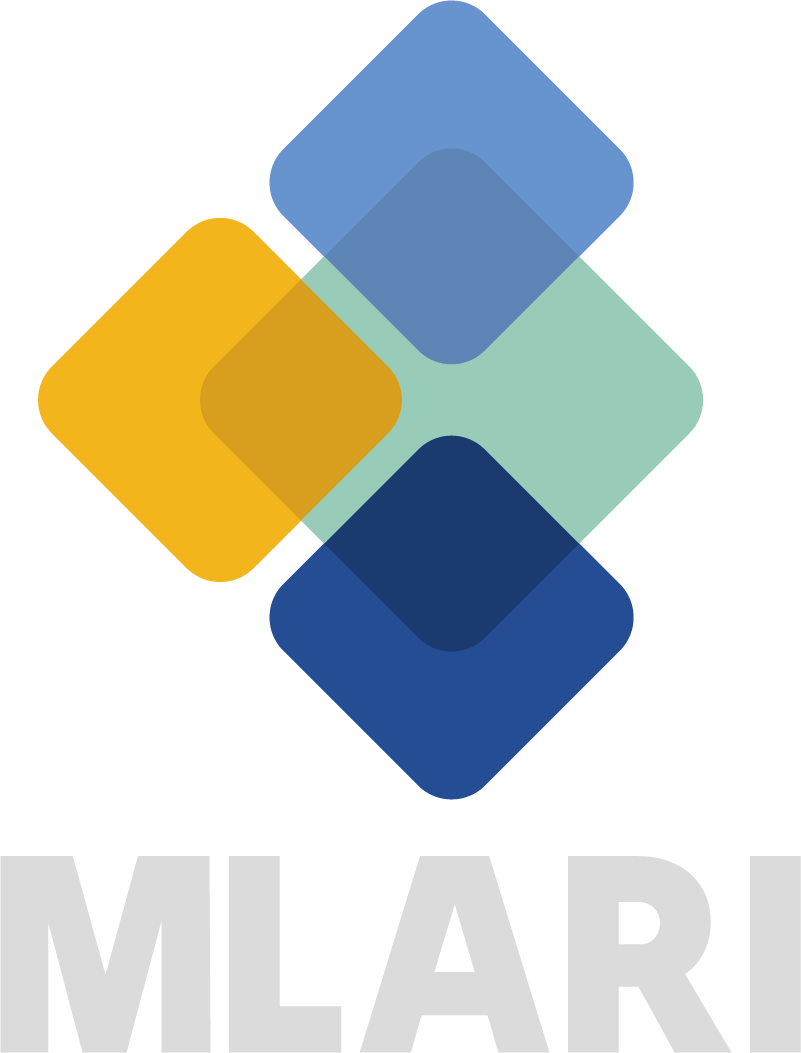A Functioning Society and Management as a Liberal Art — Peter Drucker’s Beliefs and Values
PUBLISHED:
“To make our institutions perform responsibly, autonomously, and on a high level of achievement is thus the only safeguard of freedom and dignity in the pluralist society of institutions. Performing, responsible management is the alternative to tyranny and our only protection against it”. - Peter F. Drucker
World-renowned as “the father of modern management”, Peter Drucker believed that although he was famous for establishing management as a discipline, he was actually a “social ecologist”, and his real concern was the individual’s existence in the social environment. In Drucker’s view, management was a newly emerging tool for improving society and life. He was the author of 39 books, only 15 of which dealt with management. The others were related to community, society, and polity. Only two books —Management for Results and Innovation and Entrepreneurship —were devoted to business management.
Drucker knew that human nature is imperfect, so nothing humans create, including the societies they design, can be perfect. He didn’t hold high expectations or ideals for society; he only hoped that it could be less painful and more tolerant. However, a society still has to have basic functions; it has to provide the people living in it with the conditions for normal life and work, and it has to give individuals identity and status. These functions or conditions are necessary for a society in the same way that normal functions are necessary for a living body.
It is worth noting that society is not the same as nation-state, because “nation-state(government)” and “family” cannot provide the necessary functions of a society. This is evidenced by the fact that some powerful countries have only fragile and fragmented societies. In Drucker’s view, in the industrial age, a normal functioning society must consist of at least three types of institutions: government, business, and non-profit, each of which plays a different and unique role. Individual organizations within each of those categories must have distinctive performances, which requires them to have power centers and decision-making mechanisms. The power centers and decision-making mechanisms should give each individual a place within the organization, allowing them to use their strengths, to play a part and contribute, therefore obtaining livelihood, identity, and status. In the past, nation-state did not have such power centers or decision-making mechanisms; in other words, “management” is the new “polity”. (Drucker collectively refers to all three power centers as “polity”: management systems of business, management systems of nonprofit institutions, and governmental systems of nation-state, because these three sectors all hold power but each has different objectives. Business and non-profit organizations have the power to allocate society’s resources in order to provide specific products and services; the government has the power to arbitrate and intervene to maintain fairness and justice throughout society).
Near Claremont University in the United States, there is a small Drucker memorial — the Drucker House Museum — in what was once Peter Drucker’s California home. On entering the museum, one sees a famous quote in a prominent place facing the entrance of the living room:
“To make our institutions perform responsibly, autonomously, and on a high level of achievement is thus the only safeguard of freedom and dignity in the pluralist society of institutions. Performing, responsible management is the alternative to tyranny and our only protection against it”.
When the museum opened, the Drucker Institute’s colleagues asked themselves, if they were to choose a quote from Drucker’s publications that sums up the significance of his work to the world, what would it be? They eventually chose the above passage.
If you are familiar with Drucker’s life and how his beliefs and values were formed, you’ll surely agree with their choice. From The End of Economic Man, his first book, to A Functioning Society, the last volume that he completed independently, a common thread runs through all his work: resistance to totalitarianism and defense of the individual’s freedom and dignity.
There is a great difference between totalitarianism and authoritarianism. It was not until the 20th century, with the rapid advancement of human knowledge and capabilities, that conditions arose for the centuries-old tradition of authoritarianism to mutate into totalitarianism. Totalitarianism seeks to thoroughly manipulate and control every human being, flesh and spirit, to expunge their compassion and conscience, transforming them into humanoid machines that fulfill the dreams of individual totalitarian rulers. Under totalitarian rule, loyalty to leaders is everything; personal thoughts, feelings, desires, and goals are superfluous and must be eliminated. The 20th century brought wars, revolutions, and movements that caused unprecedented disasters and human suffering. Whether Nazism (National Socialism), Fascism, or Communism, all are “masterpieces” of totalitarianism. The rise of Hitler and Nazism, which the young Drucker lived through, is among them. To best understand how Drucker’s experiences influenced his beliefs and values, read his Adventures of a Bystander. To see what totalitarianism is and why the masses support it, read his The End of Economic Man, with the subtitle “The Origins of Totalitarianism”.
Fortunately, history’s evolution has not always been so dispiriting. Since the Industrial Revolution, especially from the 1800s onward, in the last 200 years, productivity has increased dramatically, not only creating vast material wealth but also bringing profound changes in the social structure. Eighty years ago, Drucker perceived and pointed out the formation of a new pluralistic, organizational society: Emerging enterprises and nonprofit institutions fill the gaps and empty spaces between “nation-state” (government) and “family” in the social structure of the past.
Based on that foundation, universal education and the rise of the knowledge worker are creating a knowledge economy and a knowledge society, and information technology has accelerated all these changes. It should be noted that “knowledge society” and “knowledge worker” are terms Drucker coined. “Knowledge workers” broadly refers to those who possess and apply specialized knowledge and work to create useful products and services for society. This includes entrepreneurs and executives, professionals, and technicians in any organization, as well as independent professionals, such as accountants, lawyers, consultants, trainers, and so on. Today, in the 21st century, owing to the development of knowledge and the ever-widening area to which it is applied, individuals and individual institutions are no longer alone and helpless. Having mastered certain types of knowledge, they have freedom of choice to decide where and how to work and the power to influence others. Knowledge workers and the knowledge-based organizations they formed no longer resemble traditional intellectuals. Knowledge workers’ unique characteristics are their independence and autonomy. They can integrate resources, build their own organizations or start new businesses, create value, and foster economic, social, cultural, and political changes. Traditional intellectuals depended on and were subject to government authorities, and could only act on platforms provided by those authorities.
This is an epoch-making, far-reaching change that has taken place not only in Western developed countries, Japan, and other democracies but also in many developing countries still under authoritarian or even totalitarian rule, such as in today’s China. In totalitarian countries, rulers instinctively and inevitably treat independent and autonomous organizations and knowledge workers as potential threats, suppressing or even banning them. But this can have only one consequence: the hollowing out of society and the economy, which in turn will undermine the basis on which any regime depends, ultimately leading to totalitarianism's collapse. To put it in popular terms, the wave of freedom and democracy now sweeping the world is irresistible; totalitarian rulers, no matter how ostensibly powerful and arrogant, will inevitably be drowned by it.
A healthy modern society is made up of pluralistic organizations. Of the three organizational categories — government, business, and nonprofit; businesses and nonprofits are comparatively more constrained by the market, the public, and the government. Therefore, their managements are less likely than the government to take the road to totalitarian rule (except for businesses and nonprofits that are de facto government proxies). That’s why, in Drucker’s view, businesses and nonprofits are more important and worthy of hope than governments. Nonetheless, they may still fail to achieve the “performing, responsible” operation that Drucker expects, either due to lack of management or mismanagement, providing space and opportunity for totalitarian governments to monopolize social resources and strip individuals’ rights. The rise of knowledge workers in all organizations, including the Internet-era’s virtual work community, has provided the foundation and conditions for a new era of management, posing a challenge to the traditional “carrot-and-stick” approach to management. In response to this reality, Drucker researched, established, and constantly strove to improve the discipline of modern management.
On January 18, 1999, when he was almost 90 years old, Drucker answered the question, “What is my most important contribution?” This is what he wrote:
“That I focus this discipline (management) on People and Power; on Values, Structure and Constitution; AND ABOVE ALL ON RESPONSIBILITIES - that is focused the Discipline of Management on Management as a truly LIBERAL ART”.
Dubbing management discipline a “liberal art” was Drucker’s brainchild, reflecting his unique perspective on management. This is obviously important, but in his many works, there is little further explanation of it. The most complete exposition is found in the fifteenth chapter of his book The New Realities, entitled "Management as Social Function and Liberal Art”:
“Thirty years ago, the English scientist and novelist C.P. Snow talked of the ‘two cultures’ of contemporary society. Management, however, fits neither Snow’s ‘humanist’ or his ‘scientist.’ It deals with action and application; and its test is results. This makes it a technology. But management also deals with people, their values, their growth and development—and this makes it a humanity. So does it concern with, and impact on, social structure and the community. Indeed as been learnt by everyone who, like this author, has been working with managers of all kinds of institutions for long years, management is deeply involved in spiritual concerns—the nature of man, good and evil.
Management is thus what tradition used to call a liberal art: ‘liberal’ because it deals with the fundamentals of knowledge, self-knowledge, wisdom, and leadership; ‘art’ because it is practice and application. Managers draw on all the knowledge and insights of the humanities and the social sciences—on psychology and philosophy, on economics and on history, on the physical sciences and on ethics. But they have to focus this knowledge on effectiveness and results—on healing a sick patient, teaching a student, building a bridge, designing and selling a ‘user-friendly’ software program”.
As one who has many years of practical management experience and has read nearly all of Drucker’s works, I have often pondered why Drucker called management a “liberal art”? I finally realized that this was not just a beautiful and unconventional act but was a characterization of management; it revealed management’s essence and pointed out the proper direction for managerial efforts. At a minimum, this includes the following implications:
First, the most fundamental management issue, or the key to management, is how managers and individual knowledge workers regard and handle the relationship between people and power. Drucker was a Christian. His faith and his life experiences were mutually confirming and had a profound impact on his research and writing. In his view, man should not have power. Only humankind’s creator, God, master of all things, has power. The Creator is always superior to humans. After all, human nature is weak and cannot resist the temptation to acquire power or withstand its trials. Therefore, a person can only possess authority. He is authorized by the Creator because of his character, knowledge, and ability, which are effective only at a certain stage and in certain actions. This is true not only for individuals but for the entire human race. In democratic countries, “the people are sovereign”; their power is also a kind of authorization granted by the Creator. Under this authorization, human beings are only “tools”—they have free will but must also accept responsibility. Human beings are the Creator’s tools and they cannot become masters; They cannot manipulate and control fellow humans according to their own intentions, nor should they become tools for the manipulation and control of others. Only by recognizing this will people gain both humility and a sense of responsibility; only then will fairness and justice—which the Creator alone commands and which can only summon and be revealed to humans—guide their actions. Moreover, people must constantly examine themselves and willingly conform to society's norms and constraints.
Second, although human nature is imperfect, every person comes from the Creator and bears his image and good intentions. In this sense, they are all equal to each other, all have their value, their creative abilities, and their functions, and should be respected, and encouraged to create. As stated in the American Declaration of Independence, all men are created equal, and every person has innate, self-evident and inalienable rights. The fundamental reason why “Drucker’s” management discipline can make a difference stems from just this conviction. Does one believe that every person has goodwill and potential? And does one thus really treat people equally? These core values and convictions ultimately determine whether one can respond to Drucker’s management knowledge and whether one can understand and implement it.
Third, in knowledge societies and knowledge organizations, every worker, to some extent, is both a knowledge worker and an executive. In that, they can use their expertise to authoritatively influence other people and organizations — knowledge is power. But power must be governed by responsibility. And performance and results indicate how effective an executive has been in exercising responsibility. Power that accounts to performance and results is legitimate, that is, it is represents authorized authority; otherwise, it becomes “might”, which Drucker is firmly opposed to. The importance of performance and results lies not only in economic and material aspects but also in the psychological aspects that people tend to overlook. If managers and leaders continually fail to solve real issues, a despairing public will irrationally choose to rely on and obey powers that promise a “perfect society”, and willingly surrender their freedom and dignity. This is why Drucker repeatedly warned that if a management fails, totalitarianism will take its place.
Fourth, does management have other responsibilities besides getting organizations to achieve performance and results? Or to put it another way, are performance and results limited to quantifiable economic gains and wealth? In addition to providing customers with inexpensive, high-quality products and services, and earning reasonable profits for shareholders, can an industrial or commercial enterprise become a good, responsible “social citizen”? Can it help its employees enhance their character and competence, turning the organization into a “moral community”? This might seem too demanding, but it is reasonable. More than ten years ago, I worked with a multinational logistics corporation that asked itself and found it was possible to put it into practice. This means that we must learn to design moral and ethical demands and economic goals into the same workflow, the same set of weighing systems, and into every method, tool, and model of operation. Today, it is gratifying that more and more organizations are beginning to take this issue seriously and responding positively to it in their respective fields.
Fifth, “博雅技藝的管理” (management as a liberal art) or “博雅管理” (liberal-art management) are lovely Chinese translations, but they’re a bit problematic. Judged from the three requirements of translation — 信 xin (fidelity), 達 da (clarity and flow), and 雅 ya (elegance), the rendering is elegant but is not faithful enough to the original. Translated directly into Chinese, “liberal art” would be “free art” (自由的技藝); that is, freedom from restraints, a liberal art that lets people throw off restraints and attain spiritual and physical freedom. To put it another way, to become a free person, one must master an art. In ancient Greece and Rome, only “freemen” were permitted to learn such knowledge and skills; slaves neither needed nor were permitted to study them, because only “freemen” bore the exalted responsibilities of a citizen. However, in the earliest traditional Chinese-character editions of Drucker’s works, “liberal art” was translated as 博雅藝術 boya yishu, probably to take advantage of the positive connotations that terminology has in the Chinese language. I feel that “自由的技藝” (free art) is closer to the original English meaning. “Liberal” is freed. “Art” can be translated as 藝術 yishu, but management must be applied, it must perform and produce results, so it is first and foremost a “skill (技能)”. On the other hand, the management’s object is people’s working. When dealing with people, managers must face the good and evil inherent in human nature, as well as people's ideas — emotional and rational — which can change on a moment’s notice. They also must face the same issues within themselves. When viewed from this angle, management is an “art” involving subjective judgment. Therefore, “art” is more suitably interpreted as技藝. “Liberal” (自由) and “art” (技藝) combined is “liberal art” (自由的技藝).
Finally, I’d like to say, the reason I've taken such pains in translating “liberal art” is not just to produce a “correct” Chinese equivalent. More importantly, it’s to stress that management is not what people commonly mistake it for: a study of how to succeed, either personally or organizationally. Its aim is not to help an enterprise make money or achieve the highest efficiency in production; nor is its aim to help a non-profit organization win a good public reputation. Management aims to allow every person to live in a healthier, less harmful and painful human society and community. It is to allow every worker to freely choose the responsibility one is willing to bear in that society or community, according to one's innate goodwill and potential, to freely use one's talents to create value that is useful to others, thus fulfilling one’s responsibility. Moreover, in the process of that creative work, to live out human dignity and grow into a better and more capable person: They have pragmatic knowledge and skills, but are not arrogant or vain; they pursue psychological and spiritual sublimation, but are not jaded or cynical; they revere the sanctity of natural creation, but are not callous or cold-hearted. As a “social ecologist”, this is what Drucker defined and anticipated —"Management as a Liberal Art” or “liberal-art management”, the terms’ true meaning.
Minglo Shao
Licensee of the “Peter F. Drucker/Peter Drucker” brand in Taiwan and China





